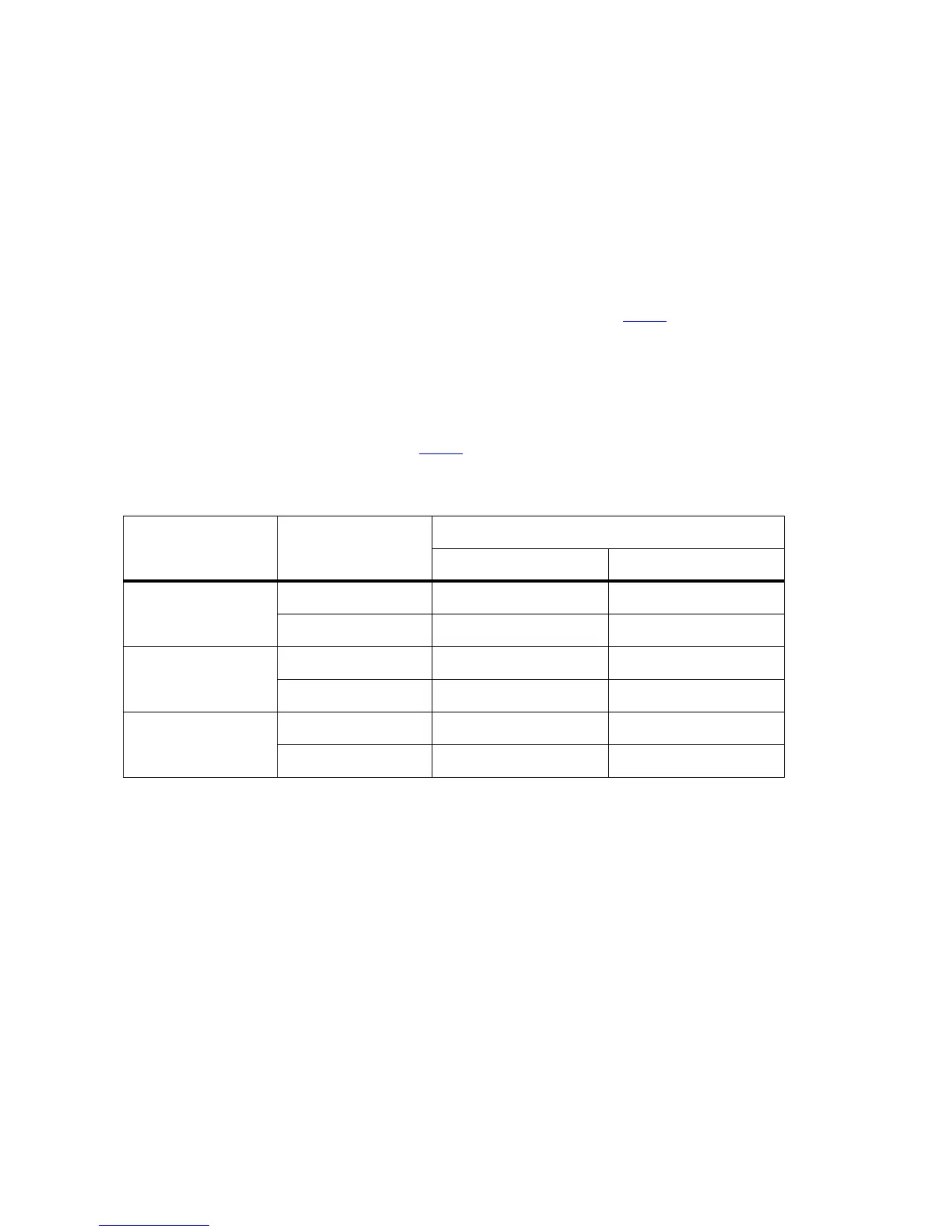240 Receiver Fault Finding TM9100 Service Manual
© Tait Electronics Limited August 2005
Task 15 —
Noise Muting
Selected
With noise muting selected, check the noise mute settings:
1. In the calibration application open the “Deviation/Squelch” page and
click the “Squelch and Signaling Thresholds” tab.
2. Ensure that, under the “Squelch Thresholds” label, the settings in the
“Country”, “City” and “Hard” fields are what the Customer expects.
3. Open the “Raw Data” page and click the “Mute” tab.
4. Compare the values in the “Mute Noise Readings” field with the
required minimum and maximum values listed in Table 10.4.
5. If the mute noise readings are correct, go to Task 1
and check the
receiver sensitivity. If they are not, go to Step 6.
6. Recalibrate the mute and then check if the mute fault has been
removed.
7. If the fault has been removed, go to “Final Tasks” on page 147. If it
has not, go to Task 1
and check the receiver sensitivity.
Table 10.4 Mute data
Channel spacing SINAD (dB)
Mute noise readings
Minimum noise value Maximum noise value
Narrow (12.5 kHz) 8 1900 2300
20
250 500
Medium (20 kHz) 8
3700 4200
20
1000 1500
Wide (25 kHz) 8
5500 7300
20
2200 3700
